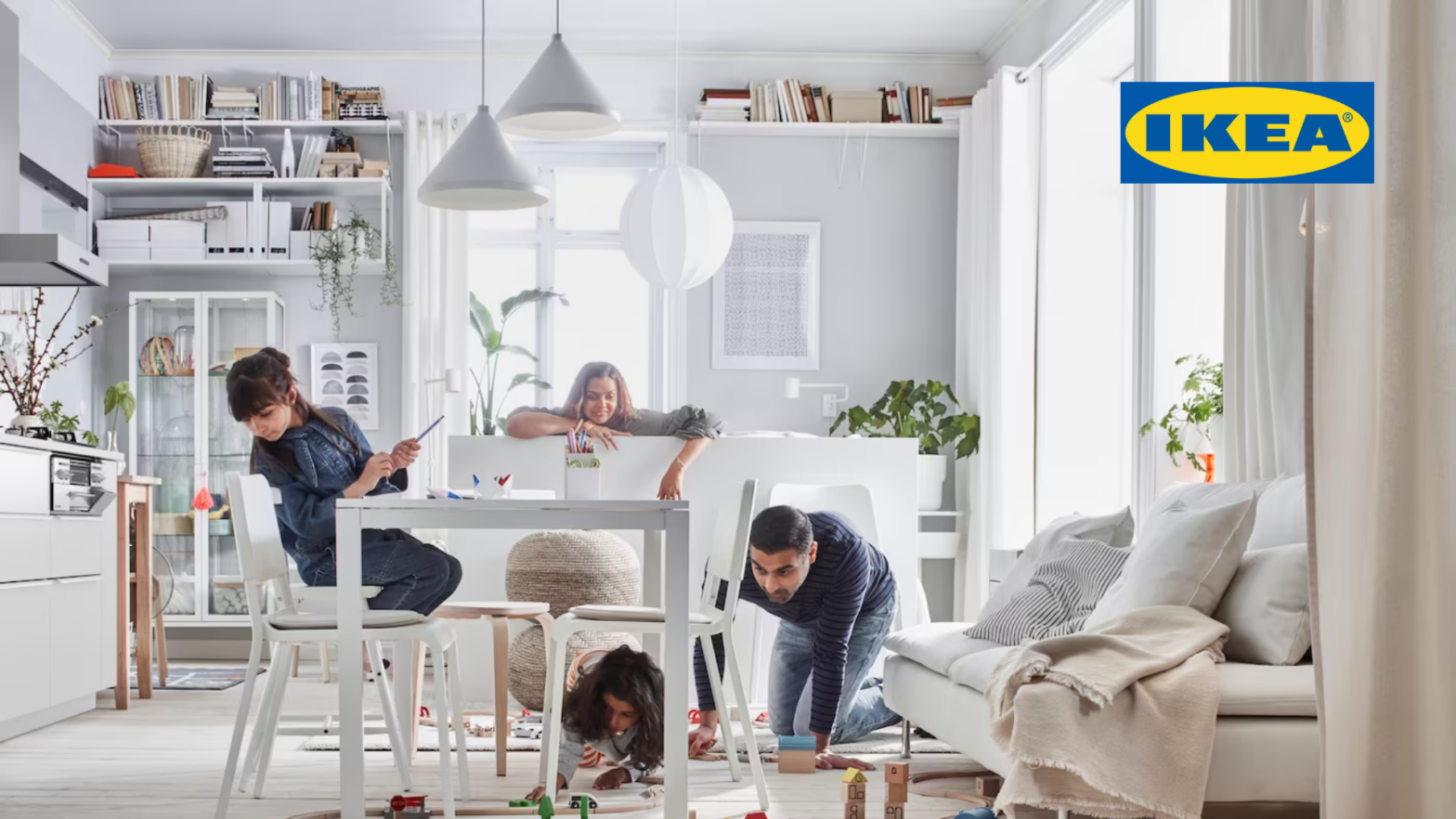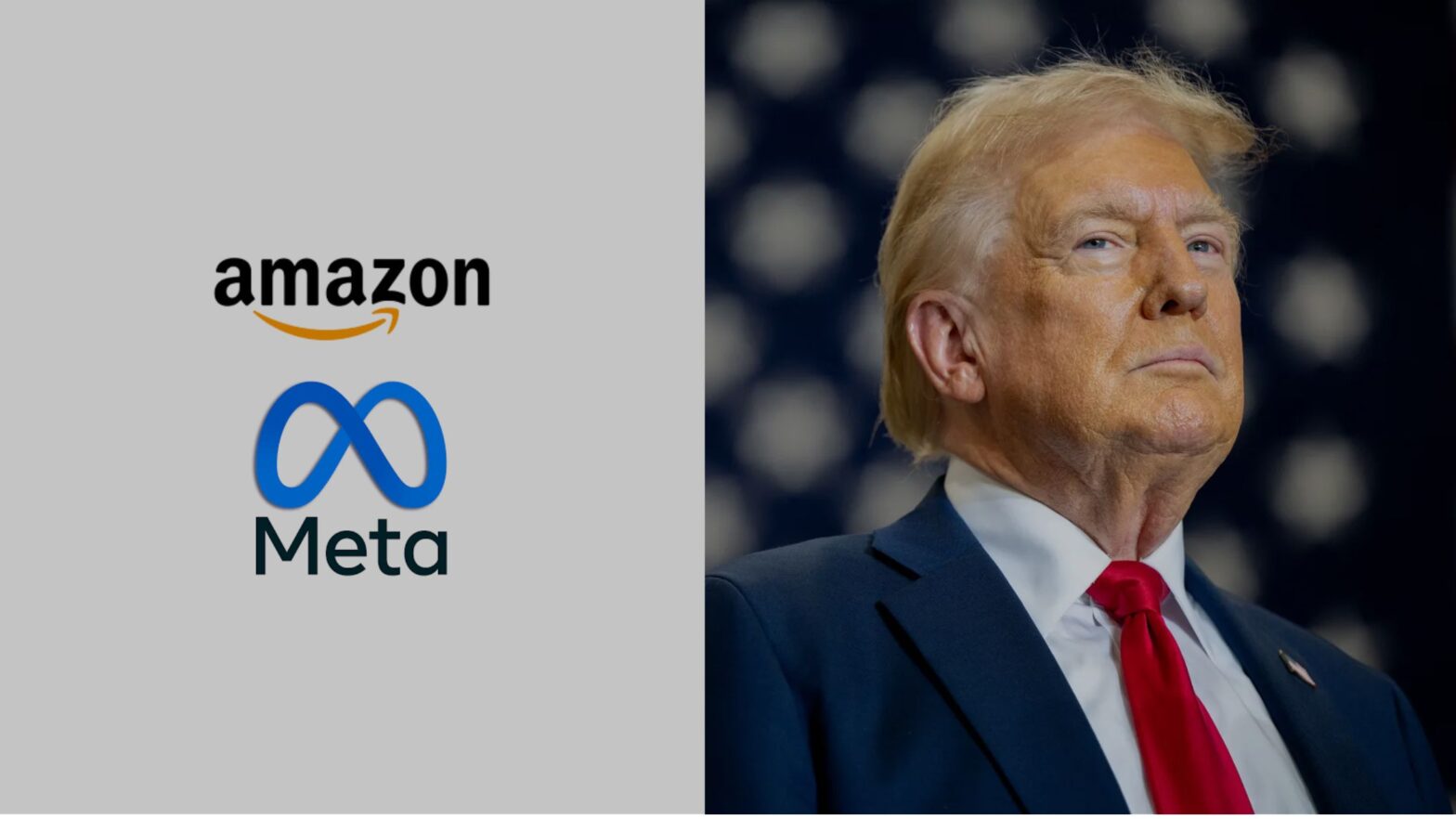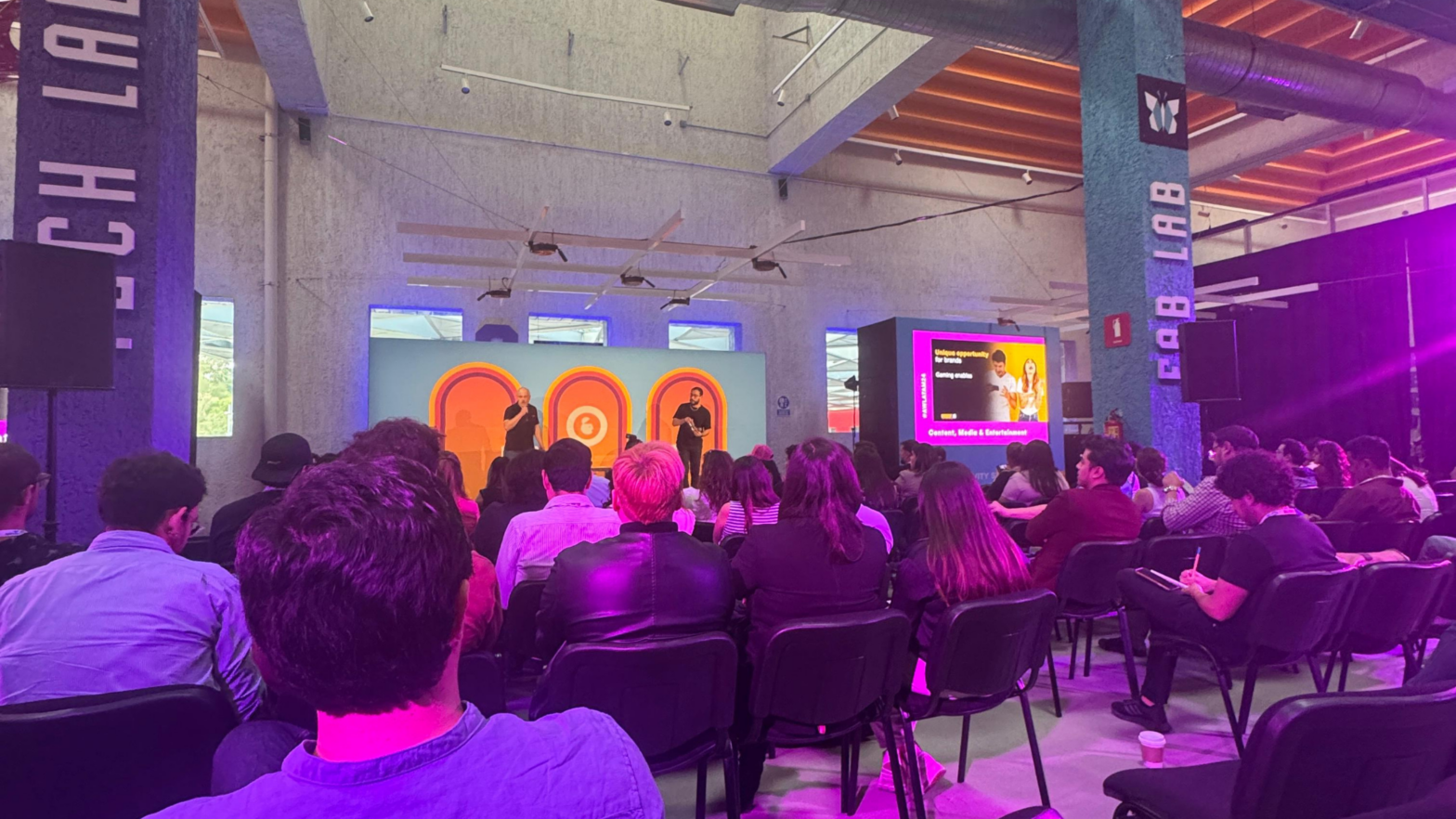Ikea and the strategy behind Its new secondhand furniture marketplace
September 30, 2024

In a move that has surprised both consumers and competitors, Ikea has announced the launch of a marketplace for selling secondhand furniture. This initiative, which places the Swedish giant in direct competition with platforms like eBay, is not just a new chapter in Ikea’s sales strategy but a reflection of emerging trends in the global market. But what motivates Ikea, a company that has dominated the affordable furniture market for decades, to venture into the world of used products? This article explores the reasons behind this decision and its broader implications for the industry.
The rise of the circular economy, a response to modern consumer demands
One key reason behind Ikea’s decision is the growing importance of the circular economy. In recent years, consumers have become increasingly aware of the environmental impact of their purchases. Climate change, resource overexploitation, and increasing waste have led to a rising demand for products that are not only durable but also reusable. The circular economy, which promotes the continuous use of resources through reuse, repair, and recycling, has shifted from being a niche trend to a widespread expectation among consumers.
Ikea, known for its focus on sustainability, has been exploring ways to align its business model with these values. The creation of a marketplace for secondhand furniture is a natural extension of these efforts. Allowing customers to buy and sell used furniture not only reduces the company’s environmental footprint but also provides consumers with an affordable way to access quality products.
This move also reinforces Ikea’s commitment to sustainability, a value that has been central to the brand’s identity. With this initiative, Ikea is not only responding to the demands of the modern consumer but also positioning itself as a leader in the shift towards more responsible consumption.
Adapting to a changing consumer: beyond affordability
Today’s consumer is looking for more than just affordable products; they want to ensure their purchases reflect their personal values. This includes a growing concern for the environmental and social impact of their buying decisions. Ikea has recognized this shift in consumer priorities and has adapted its business model to meet these new demands.
Moreover, the COVID-19 pandemic has dramatically changed how people interact with their homes. With more people working from home and spending more time in their personal spaces, there has been an increased demand for furniture that is not only functional but also adaptable to a more flexible and mindful lifestyle. By offering a secondhand option, Ikea is not only meeting these new needs but also reinforcing its commitment to economic accessibility, allowing more people to access high-quality products at a lower cost.
Competing in the secondhand Market, a challenging territory
Despite its strong brand, Ikea is not without challenges in this new territory. The secondhand market already has well-established players, like eBay, that have dominated this space for years. However, Ikea holds a significant advantage: the trust consumers place in its brand. Unlike many products in the secondhand market, Ikea furniture is known for its durability and quality, which could attract buyers looking for reliable used products.
Ikea’s strategy seems to be leveraging its strong brand recognition and global infrastructure to dominate a rapidly growing segment. In doing so, it not only expands its customer base but also creates an ecosystem where Ikea products can have multiple life cycles, adding value for both the company and consumers.
Implications for the future, a new era for Ikea?
The launch of this marketplace could mark the beginning of a new era for Ikea. The company has traditionally been known for its affordable and modern furniture designs, but with this move, it’s demonstrating its ability to adapt to changing market demands while staying true to its core principles.
Furthermore, this focus on the circular economy could open new business opportunities for Ikea, from repair and refurbishment services to new product lines specifically designed for reuse. By leading the way in sustainability and corporate responsibility, Ikea not only ensures its future relevance but also sets a new standard for the furniture industry as a whole.
A bold move towards the future
Ikea’s decision to launch a secondhand furniture marketplace is not just a response to current trends; it’s a statement about the future of the company. By aligning with the values of sustainability and the circular economy, Ikea is positioning itself not only as a leader in the furniture industry but also as a pioneer in building a more sustainable and conscious future.
With its strong brand and commitment to innovation, Ikea is well-positioned to lead in this new market, proving once again that it is ready to adapt and evolve to stay relevant in an ever-changing world. As more companies seek ways to integrate sustainability into their business models, Ikea’s example could serve as a beacon for the entire industry.




